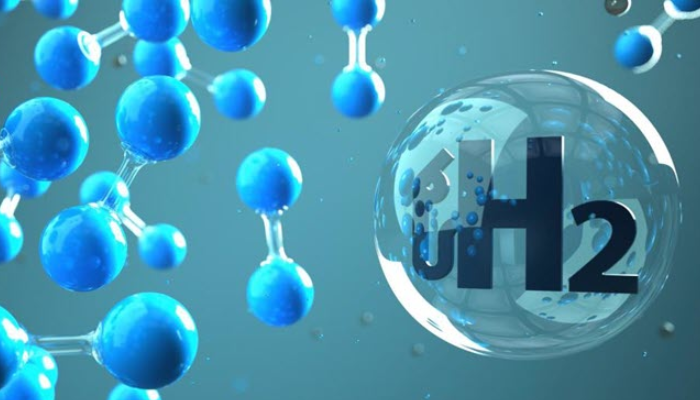India suggested a discussion on international standards for “green, clean, and low carbon” hydrogen at the G20 Energy Transition Working Group conference last week, putting out an emission cap of up to 2 kg of carbon dioxide equivalent for every kg of produced hydrogen.
According to those in the know, the proposal originally simply called for “green hydrogen,” but after some member countries’ proposals, “clean and low carbon” consideration was also taken into account.
The carbon emissions standard is stated “at the sight of production” in India’s draught of the “G20 High-Level Principles on Hydrogen.”
As a result, the proposed standard does not account for greenhouse gas emissions that result from the delivery of goods to final consumers or from their lifetime.
During the third leg of the meeting, it was addressed what would constitute “green hydrogen” and whether it could also be referred to as “clean” or “low carbon,” according to sources.
To establish an agreement before the final gathering in July, the specifics will be explored at the upcoming online sessions.
Some nations also wanted to add nuclear, hydro, and low-carbon energy as a source for generating the fuel for the collective outcome of the discussions during last week’s negotiations.
Green hydrogen is defined as being created using renewable energy by India’s own National Green Hydrogen Mission, which was established in January.
Through the project, India sees a chance to use its plentiful solar and other renewable energy resources to become a top producer and exporter of “green hydrogen.”
As the world progresses toward net zero, it is crucial to have an agreement on what constitutes green hydrogen. In the upcoming years, it’s expected that a significant amount of green, clean, or low-carbon hydrogen will be exchanged internationally.
A 2019 research from the International Energy Agency stated that “Shipping hydrogen between countries could emerge as a key element of a future secure, resilient, competitive, and sustainable energy system.”
International Standards
The maximum amount of emissions allowed has been set by the European Commission at 3.4 kg of carbon dioxide (CO2) equivalent per kilogram of produced and distributed hydrogen.
On the other hand, the UK has established a definition of “low carbon” hydrogen equivalent of 2.4 kg of CO2 per kg of produced hydrogen, which excludes the distribution of the fuel to the final consumer.
According to the US Department of Energy, “clean hydrogen” is defined as hydrogen that is produced with a carbon intensity of no more than 2 kgs of carbon dioxide equivalent to every kilogram of hydrogen produced.
Later, this was increased to up to 4 kg of CO2 equivalent/kgH2 when lifecycle greenhouse gas emissions were taken into account.
Source: The Economic Times
For More Updates, Follow GH2 Solar on LinkedIn








